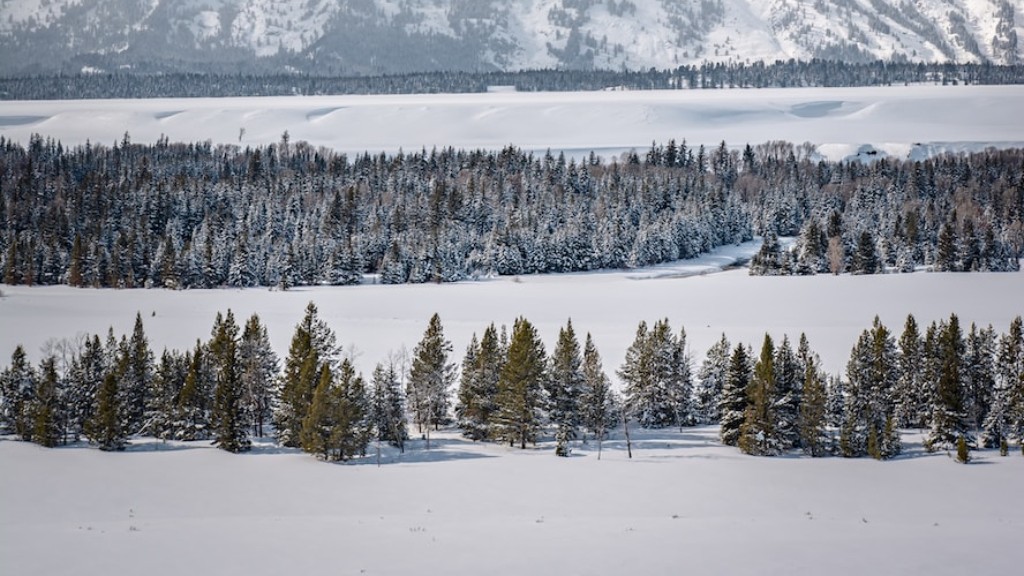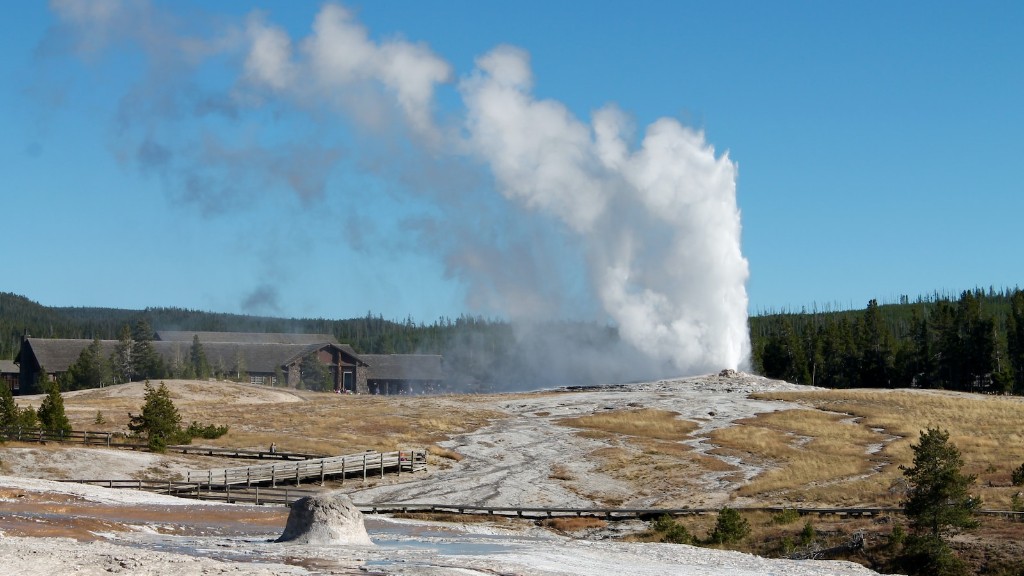Do I Need Tickets To Go To Yellowstone National Park?
The world-famous Yellowstone National Park is the oldest and largest national park in the United States. But do visitors need tickets to get in? That depends.
For day-visitors to America’s largest national park, tickets may not be necessary. All visitors, including those who stay overnight, need tickets to get access to the thermal pools and other attractions inside the park.
Every year, millions of people visit Yellowstone, which is mostly in Wyoming, but also extends into Montana and Idaho. It is well known for its geothermal wonders – hot springs, geysers, and mud pots. Visitors who want to take a dip in the geothermal pools will need to get their tickets in advance. A common question many visitors ask is, “Do I need tickets to enter the park?”
The answer is a bit complicated. In general, visitors do not need tickets to enter the park. The National Park Service does not require tickets for the main loop road, which runs through most of the park’s attractions. However, there are some attractions, such as the Old Faithful geyser, that require tickets.
Tickets for popular attractions can be purchased in advance or on the day of the visit. For guests staying in frequently visited areas around the park, like Gardiner Montana or West Yellowstone, tickets can be purchased from the Park’s Visitor Center or online. However, visitors staying in other towns or cities in the region may have to purchase tickets at the park entrance.
Although tickets are not always required, visitors should still plan ahead to make sure they have the necessary gear and supplies. For example, those planning to stay a night in the park should have a camping permit. Additionally, visitors should always be aware of the local wildlife and follow safety rules.
Ticket Cost And Other Fees
One of the primary questions visitors have about Yellowstone tickets is how much they cost. Entrance to the park itself is free, as are the vast majority of activities. However, customers who wish to explore many of the park’s attractions may have to pay additional fees.
The cost of tickets depends on several factors, such as the age of the ticket holder. Tickets prices also vary depending on the type of attraction. For example, access to the thermal pools can cost as little as $15 per adult, while a standard ticket to the Old Faithful geyser costs $20 for adults.
In addition to entrance fees, visitors should also be familiar with the park’s other fees. The park will charge an additional fee for parking, for example. Moreover, visitors camping overnight in the park should be aware of the mandatory park camping fee.
If visitors choose to stay in the park’s lodges, they will also need to account for the additional costs for food, lodging, and other services. Whether visitors are camping in the park or staying in a lodge, it’s important to check ahead and determine the costs of all necessary fees.
Additional Perks And Benefits”>
Both annual pass-holders and long-term visitors to Yellowstone can benefit from several additional perks. For instance, families with children under five can visit the park for free, without having to purchase tickets. In addition, seniors, active-duty military, and some college students also get free entrance to some of the park’s attractions.
The park’s annual pass also comes with several benefits. Purchasing the pass allows unrestricted access to all the park’s attractions. In addition, the pass also comes with various discounts on services such as camping and lodging.
Finally, those who stay for longer periods of time can also benefit from the park’s seasonal discounts. During the peak season, the park offers special discounts on camping, lodging, and other activities. Pampering luxury packages are also available at a discounted rate.
Accessibility Issues
While tickets are often necessary for some attractions, it’s important to note that many areas of the park are still completely accessible. The vast majority of the National Park is open to people from all walks of life, regardless of their physical ability.
The park is very wheelchair accessible, with ramps and special walkways added to the main trails. In addition, specially designed wheelchairs are available for rent in the park. For visitors with hearing impairments, the park also offers special interpreters, along with audio descriptions of the various attractions.
The park’s facilities are also handicap accessible, including restrooms, picnic areas, and lodges. Visitors with disabilities can apply for a special permit, which allows them to access special spots in the park that are not accessible by regular visitors.
Environmental Responsibility
The beauty of Yellowstone makes it a popular destination for visitors from all over the world. But visitors should be aware that the park is a fragile ecosystem, and taking care of it is everyone’s responsibility.
First, visitors should be aware of their impact on the environment. Visitors should avoid littering and always take their trash with them when leaving. Additionally, visitors should also be aware of the park’s animals and exercise caution when exploring.
The park is also sensitive to pollution. Visitors should be aware of the regulations related to pollution, and keep their vehicles well-maintained to avoid polluting the environment. Furthermore, visitors should avoid the use of firewood and charcoal, and instead use approved, environmentally friendly fuels.
Finally, The park also has strict regulations regarding fishing. Visitors should always check with local authorities before going fishing, to make sure they are following all of the laws.
Accessible Accommodations
Visitors to Yellowstone National Park have a wide range of accommodation options, from camping in the wilderness to staying in luxuriously furnished lodges. But, regardless of budget and preferences, visitors should always make sure that their accommodation is accessible.
Many of the park’s lodges are wheelchair accessible and have special facilities for those with disabilities, such as elevators and ramps. Visitors with hearing impairments can also find signing interpreters in some of the lodges. Furthermore, some of the lodges are pet-friendly, allowing visitors to bring their pets with them on their visit.
Campers will find that the park has numerous camping spots with accessible facilities. Special tent sites have wheelchairs ramps and paths, allowing visitors with disabilities to move around more easily.
Finally, those looking for a luxury experience can also find more expensive options. Some resorts on the edges of the park offer private cabins with luxurious amenities. These cabins are also wheelchair accessible and provide access to all of the park’s attractions.
Finding Help
Visitors who need additional help or information related to their visit can visit the park’s official website. The website offers a wide range of resources, from information about the park’s facilities to maps of the different attractions.
The park also has a customer service contact center that can be reached by phone. The center is open all year round and can provide visitors with information about the park, ticket prices, and services.
For those who wish to explore the park itself, the park offers guided tours. Tour guides are knowledgeable and can provide visitors with useful information about the park. In addition, the park also offers special education programs for school groups and other organizations.
Finally, the park’s Visitor Centers are always ready to help. The centers provide visitors with maps, brochures, and other useful information.





